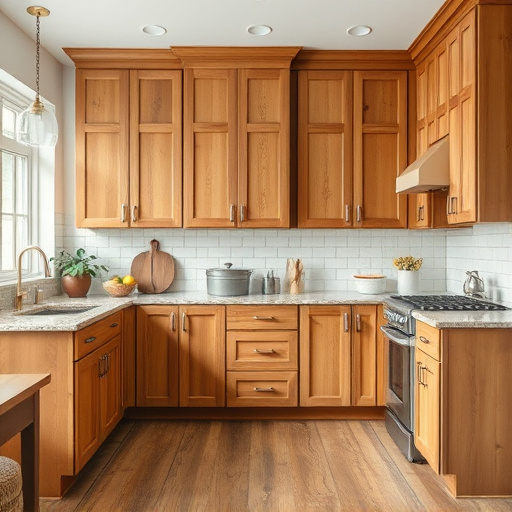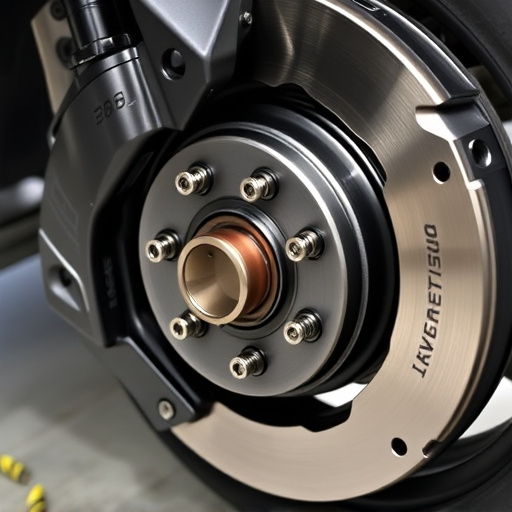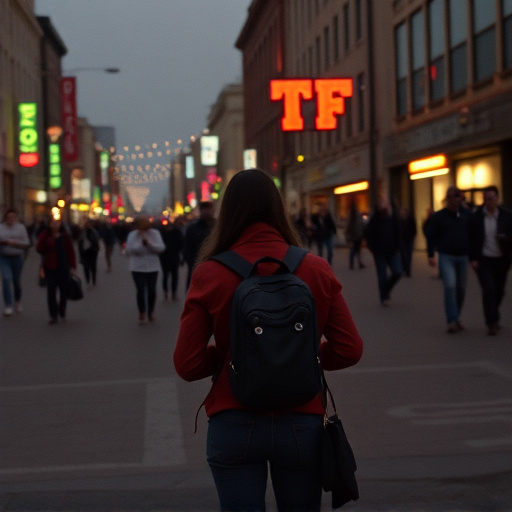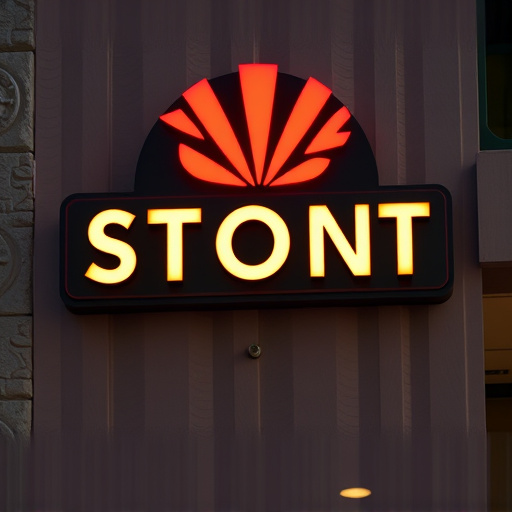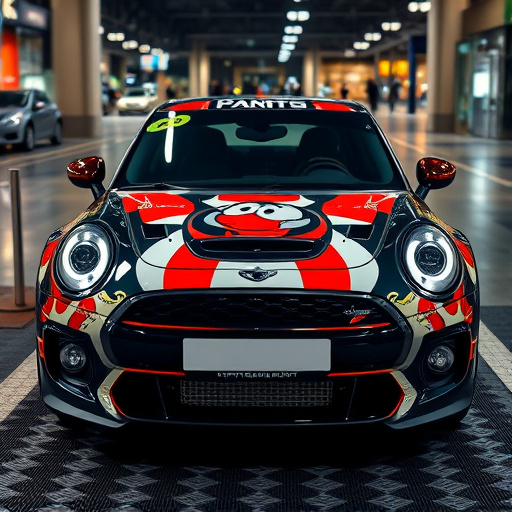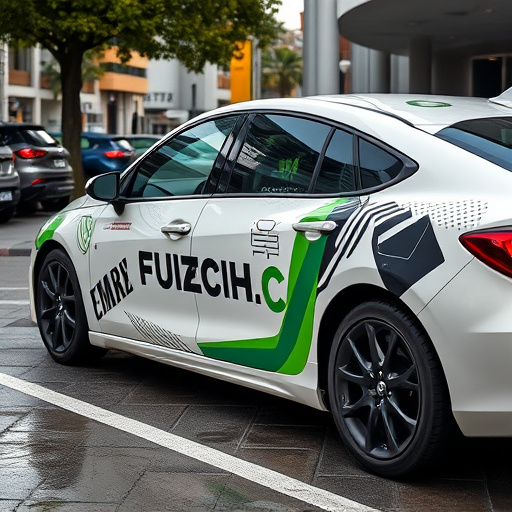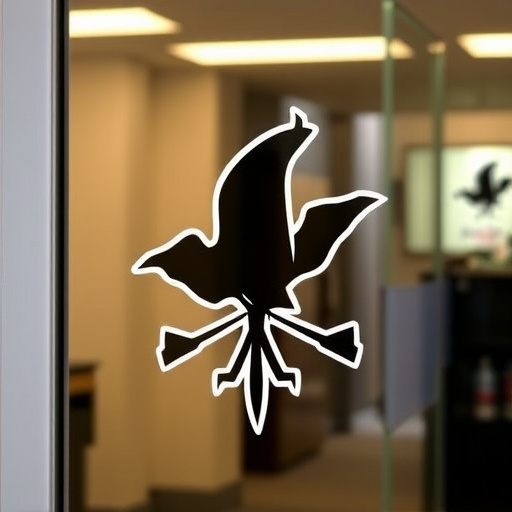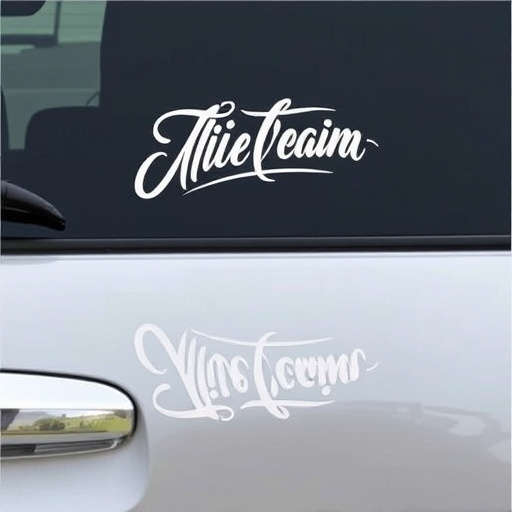A successful floor graphics application requires understanding core principles: surface preparation, material selection, and design execution. It considers foot traffic, staining, and environmental impact to ensure designs remain vivid and functional over time. Visual appeal aims to create a captivating narrative, with high-contrast colors and strategic design aligning with objectives like wayfinding or brand storytelling. UV protection and ceramic coatings enhance longevity and sophistication. Meticulous surface preparation, high-quality materials, precise planning, and expert application techniques result in stunning, long-lasting visual effects for commercial and residential spaces.
Floor graphics applications are transforming spaces, from retail stores to public venues, by harnessing visual storytelling. This article delves into the art and science behind successful floor graphic design. We explore fundamental basics, from understanding materials and installation techniques to maximizing impact through compelling visuals. Additionally, we provide strategic insights for seamless implementation, ensuring your floor graphics not only catch attention but also drive engagement and enhance user experiences.
- Understanding Floor Graphics Application Basics
- Design Elements for Maximum Impact
- Implementation Strategies for Success in Floor Graphics
Understanding Floor Graphics Application Basics
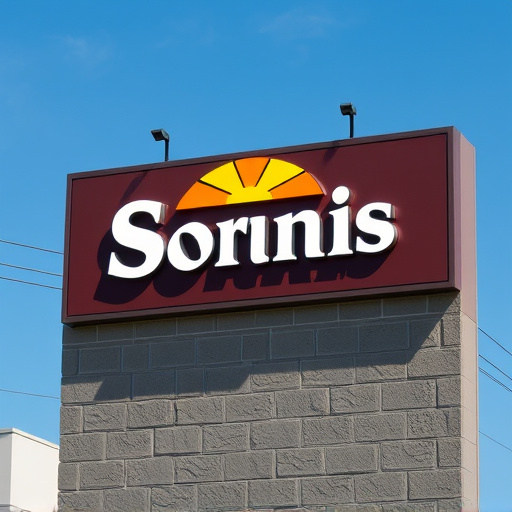
The success of any floor graphics application hinges on a fundamental understanding of its basics. Floor graphics, essentially, involve the strategic placement and design of visual elements on various surfaces to convey specific messages or aesthetics. This could range from brand logos in retail spaces to creative patterns in residential settings, even intricate designs for car customization that enhance both appearance and functionality through ceramic window tinting, thereby offering heat rejection benefits.
A successful floor graphics application must consider factors like surface preparation, the choice of appropriate materials designed for longevity and durability, and most importantly, the design itself. The design should not only align with the client’s vision but also factor in practical considerations such as high foot traffic areas, potential staining, and environmental conditions to ensure the graphics remain vibrant and effective over time.
Design Elements for Maximum Impact
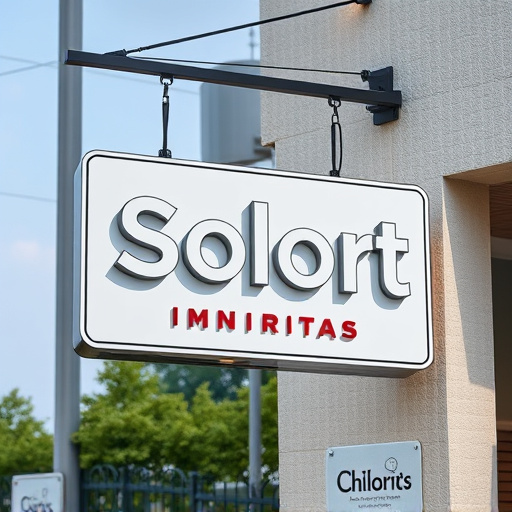
In the realm of floor graphics application, design elements play a pivotal role in achieving maximum impact and engagement. The visual appeal of floor graphics extends beyond aesthetics; it’s about creating a captivating narrative that resonates with audiences. Incorporate high-contrast colors and clear visuals to instantly draw attention and guide foot traffic. Think about the purpose of the floor graphic—is it wayfinding, product promotion, or brand storytelling? Align design choices with these objectives to ensure every element serves a specific function.
Consider the context, too. For instance, in automotive detailing showrooms, floor graphics can enhance the overall customer experience by highlighting specific vehicle features or services. Applying UV protection and ceramic coatings on these graphics not only ensures their longevity but also adds an extra layer of sophistication. This attention to detail creates a memorable impression, especially when combined with sleek, modern design trends that capture the essence of contemporary aesthetics.
Implementation Strategies for Success in Floor Graphics
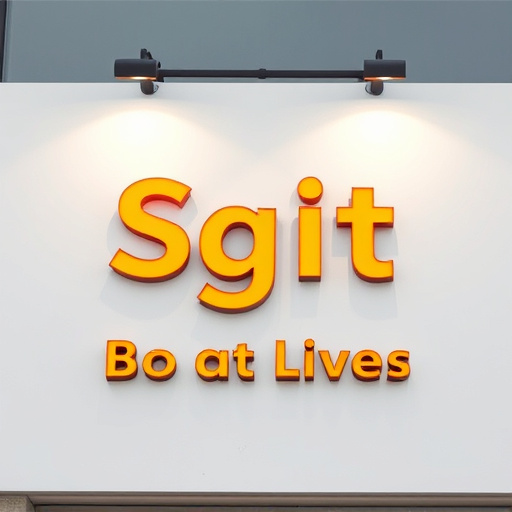
For a successful floor graphics application, strategic implementation is key. It begins with thorough preparation of the surface, ensuring it’s clean, dry, and free from any contaminants. This step is crucial for achieving optimal adhesion and longevity of the design. Professional technicians often employ techniques like paint correction and ceramic coating to create a smooth base, enhancing the final visual impact.
Choosing the right materials is another vital aspect. Whether using vinyl wraps or more durable options, selecting high-quality products ensures the design remains vibrant and resistant to wear over time. Precise planning, including measuring and layout design, is essential. Accurate cutting and precise application techniques significantly contribute to the overall success of the floor graphics project, creating a stunning and long-lasting visual effect in any space, be it a commercial venue or residential area.
Design plays a pivotal role in the success of any floor graphics application. By understanding the fundamentals, incorporating impactful visual elements, and employing strategic implementation techniques, businesses can elevate their flooring from merely functional to truly eye-catching and effective. Optimizing your floor graphics application not only enhances aesthetics but also serves as a powerful marketing tool, guiding patrons and boosting brand recognition in today’s competitive market.

